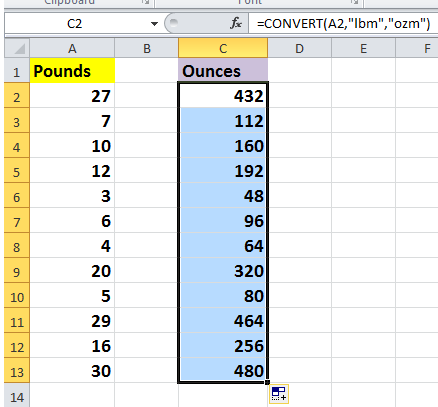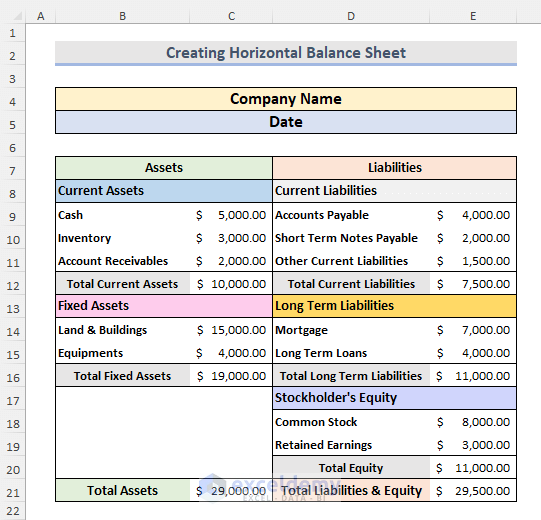3 Ways to Show Schedule D Capital Gains/Losses

The way an investor reports capital gains and losses significantly affects their tax situation. This blog post delves into the three primary methods of reporting Schedule D Capital Gains and Losses:
1. Direct Entry

Direct Entry is the most straightforward method to report your capital gains and losses:
- Step 1: Gather all your capital gain/loss documentation.
- Step 2: Identify each transaction as either short-term or long-term.
- Step 3: On Schedule D, list these transactions line by line.
- Step 4: Summarize the totals for short-term and long-term transactions in Part I and Part II respectively.
Here’s how you can do it:
📝 Note: If you have multiple transactions, consider using software to streamline the process.
2. Using Form 8949

When transactions exceed a certain number, or to provide more detail, use Form 8949:
- Step 1: Separate your transactions into three categories: covered securities (Box A, D), non-covered securities (Box B, E), and undisclosed assets (Box C).
- Step 2: Use Form 8949 to detail each transaction, specifying details like purchase and sale dates, proceeds, cost basis, and gain/loss.
- Step 3: Attach Form 8949 to Schedule D, and transfer the totals to the corresponding lines on Schedule D.
| Box | Description | When to Use |
|---|---|---|
| A, D | Covered Securities | Transactions reported by the broker with cost basis |
| B, E | Non-Covered Securities | Transactions not reported by the broker or with unknown cost basis |
| C | Undisclosed Assets | Assets like real estate, collectibles, or inherited property |

3. Using Software or Professional Help

Complex tax situations or numerous transactions might benefit from software or professional assistance:
- Software: Tax software can automate the Schedule D reporting process:
- Import data from brokers to fill out Forms 8949 and Schedule D.
- Calculate gains and losses accurately.
- Provide detailed reports for tax preparers or for your records.
- Professional Help: Certified Public Accountants (CPAs) or Enrolled Agents (EAs) can offer:
- Tax planning strategies for managing capital gains and losses.
- Guidance on reporting complex transactions.
- Ensure your tax forms are accurate and compliant with IRS rules.
📝 Note: Remember to keep your login credentials and software data backups secure.
Final Thoughts

Whether you opt for direct entry, utilize Form 8949, or engage professional help, the key is to report your capital gains and losses accurately and on time. Understanding these methods can aid in optimizing your tax liability and help ensure compliance with tax regulations. It’s all about finding the right fit for your investment activity level and tax complexity.
What is the difference between short-term and long-term capital gains?

+
Short-term capital gains are profits from assets held for one year or less, taxed as ordinary income. Long-term capital gains apply to assets held for more than one year, often taxed at lower rates.
How do I report transactions with wash sales?

+
If you’ve experienced a wash sale, report the loss on Form 8949, but you cannot claim the loss until you dispose of the replacement securities.
Do I need to report every transaction?

+
Yes, every transaction that results in a capital gain or loss must be reported to maintain compliance with IRS rules.



